
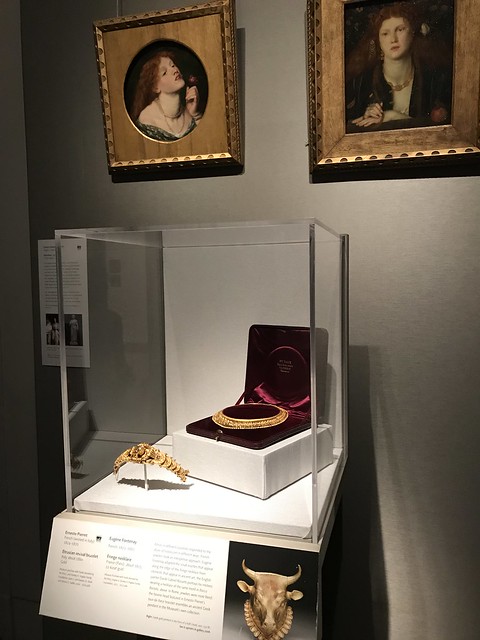
After a long and exciting week in Boston, I had a visit to the Museum of Fine Arts set up to feed my jewelry history cravings. One of my favorite things about my love and passion for jewelry is learning! Museum exhibits are such a great way to see and learn, often producing a lifelong impact or memory–especially for me. Whenever there is a headlining jewelry exhibit, I like to try to schedule trips in hopes of catching it before it ends. Lucky for Boston, the MFA has quite an extensive jewelry department that is constantly researching, collaborating, and creating new exhibits. I got to have a private tour with Emily Stoehrer who is not only a wealth of knowledge, but highly dedicated and involved in what she does for the museum. I was fascinated in so many ways, as she brought me through the MFA’s current exhibit Past is Present: Revival Jewelry.
Learn more about Emily as she answers my questions below and make sure you stop by the exhibit before it ends in August of 2018. Can’t wait to visit again!

I am the Rita J. Kaplan and Susan B. Kaplan Curator of Jewelry. It’s a unique role in an American fine art museum, which was established in 2006. I was appointed in 2014, and over the last three years have worked to develop the exhibition program; add extraordinary jewels to the collection; connect with jewelers, designers, and collectors; and collaborate with colleagues across the museum to plan programming and events
Spanning thousands of years of jewelry history, there are more than 20,000 objects in the jewelry collection. Highlights include our ancient collections and contemporary jewelry, but over the last decade have added to our holding of fine jewelry. A great example of this is a gift given by the Rothschild family a few years ago, which included an outstanding pearl and diamond necklace that dates to the late nineteenth century. With large, perfectly matched natural pearls, it’s an extraordinary treasure! Yvonne Markowitz (who is the Rita J. Kaplan and Susan B. Kaplan Curator of Jewelry Emerita) and I have worked to establish a jewelry resource center for anyone interested in the study of jewelry, and as part of that we have also worked with the Curator of Design to acquire jewelry with related design drawings. Studying drawings from firms like Trabert & Hoeffer Mauboussin, the manufacturer-jeweler Louis Ferón, and the artist-craftsman Frank Gardner Hale, alongside the jewelry they made, has greatly informed our understanding of jewelry and how the industry operated historically.
We have also worked to add strength to strength by filling in gaps in our historical collection. For example, until recently we did not have anything by Carlo Giuliano. But, this year we added two amazingly naturalistic gold and enamel butterflies to the collection—a Duke of Burgundy and Bath White butterfly, to be specific. They are impossibly thin, and enameled on both sides to show every detail of the butterfly’s body and wings. They are a stunning example of the goldsmith’s art. Another historically important and spectacular ornament that I recently acquired is the Apparitions brooch which was designed by Eugene Grasset and made by Henri Vever for the 1900 Paris Exposition. It’s hauntingly beautiful art nouveau aesthetic won them the Grand Prix.
My favorite part of the job is the research and planning that goes into creating an exhibition—doing research in libraries and archives and taking a deep dive into historical documents, publications, and material culture. Unfortunately, as I run from meeting to meeting, I don’t get to spend as much time doing this as I would like. So, I rely on some a team of volunteers and interns to help with some of it. Once the research has been done, and the objects have been selected, the real fun begins. I have learned so much about the storytelling capabilities of jewelry from working with the MFA’s remarkable exhibition designers, mountmakers, and conservators as we discuss and mock-up how each object will be displayed in the gallery.
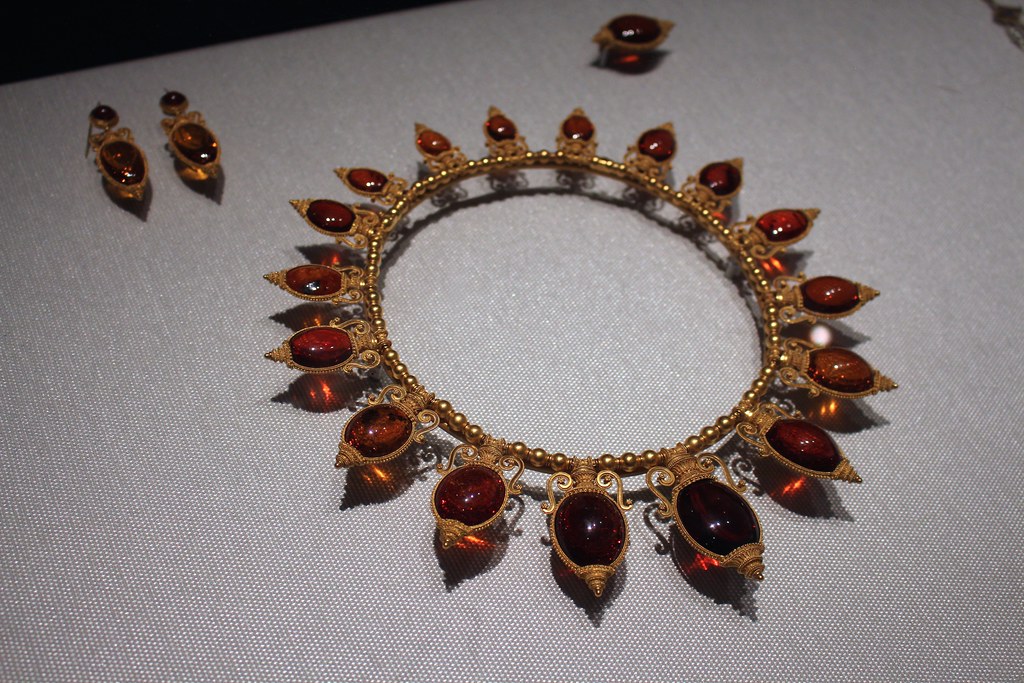

As any lover of jewelry knows, the past has consistently inspired jewelers and designers. While interest in historicism was particularly strong during the nineteenth century, there were great revival jewels made before 1800 and after 1900. In the same way the Victorians struggled with the tension between mass-production and hand-craftsmanship, we grapple with digital design and the pace of modern life. So, I see this as a topic that is as relevant today as it was 150 years ago, and if you think about it that way you’ll notice many examples of twentieth and twenty-first century jewelry that engage with a historical narrative. I hope that visitors enjoy seeing traditional “revivalist” ornaments by outstanding jewelers like Castellani and Giuliano, Bapst and Falize and Boucheron, but also some unexpected surprises like a 9-foot titanium python necklace by Munich-based contemporary jeweler David Bielander, and that the juxtaposition makes them question their notion of revival jewelry.
The exhibition highlights four revival styles: Archeological, Classical, Renaissance, and Egyptian. Each case in the intimate space includes a choice group of jewelry aimed to tell a story – travel, nationalism, graduation, cameo, scarabs, and snakes are just a few of the themes explored. If you pay very close attention to the labels, visitors might also be delighted to learn how early some of these objects were added to the MFA collection. Like the Met, the MFA was founded in 1870, and some of these jewels were acquired in the subsequent decades, making them contemporary jewelry when they were donated. A neoclassical necklace and five brooches with mythological scenes in carved shell cameo, and a Castellani necklace, earrings, and brooch commissioned by the amber collector William Buffum are just two examples of the objects that have resided at the MFA for more than one hundred years. Newer acquisitions on view include: a tour-de-force bracelet by the Roman jeweler Ernesto Pierret that features a central bovine head, granulation, and two menacing faces that come together to form the clap; a spectacular early twentieth-century neck ornament by G. Paulding Farham for Tiffany & Co.; and a slithering silver snake belt/necklace, with sapphire eyes, that Elsa Peretti designed for the American fashion designer Halston in the 1970s.
While 80% of the works on view are from the MFA collection, there are also some noteworthy loans. From the collection of Susan B. Kaplan, a startlingly lifelike lion speaks to the genius of Castellani’s designers and craftsmen. Unlike other micromosaic workshops, Castellani left the surface of their work uneven to create a glittering effected. Wartski Ltd., of London, loaned a demi-parure (belt buckle, brooch, and bracelet) by Falize Frères. Enameled on both sides, the glorious ornaments use translucent enamel and foil to create a fantastical scene with birds, like those seen in illuminated manuscripts. Generously sponsored by Cartier, the exhibition includes four magnificent twentieth-century ornaments from the Cartier Collection. Made between 1906 and 1928, the garland style medusa necklace, winged scarab belt buckle, Eye of Horus bracelet (that once belonged to Linda Porter), and the diamond chimera bracelet are outstanding examples of French revival jewelry, and the depth of the MFAs ancient collection allows for these dazzling jewels to be exhibited alongside the ancient artifacts that inspired their design.
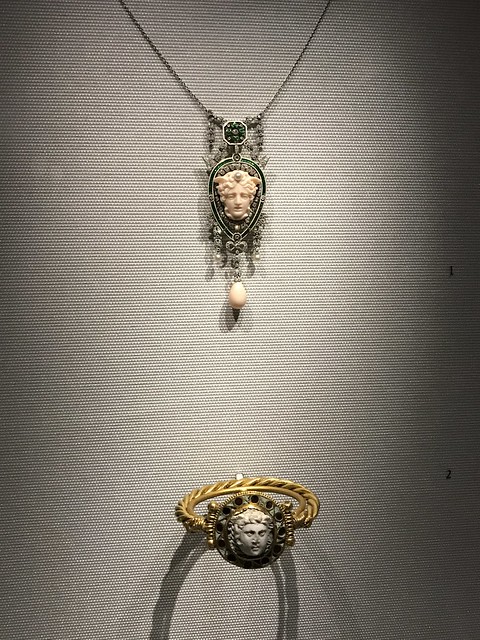
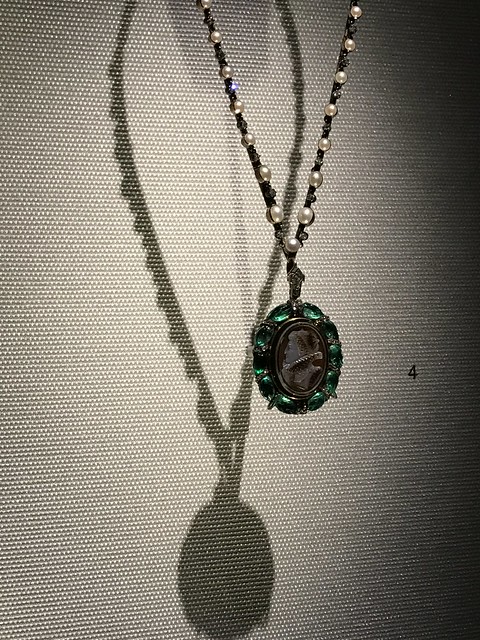

My path to jewelry was a crooked one. I have an undergraduate degree in Psychology, and had plans to attend law school. But a few years working in the District Attorney’s office, I changed my mind and I began researching graduate programs in fashion. In 2005 I moved to New York City and enrolled in the two-year Fashion & Textile Studies program at the Fashion Institute of Technology. Thanks to FIT’s remarkable alumni network I ended up back in my hometown with an internship at the Museum of Fine Arts, Boston. As an intern I worked with conservators in the Textile Conservation department to relocate the fashion collection.
My first full-time position at the MFA was as a Collections Care Specialist and my responsibilities included preparing more than 10,000 objects from the Asian costume and textile collection for photography – everything from kimono to dragon robes and textile fragments to temple hangings. When that project ended, I became the Curatorial Research Associate reporting to Yvonne Markowitz (then curator of jewelry). For two years I worked with her on the inaugural exhibition in the jewelry gallery, and the book Artful Adornment. Both the exhibition and the book focused on highlights from the MFA’s jewelry collection. Yvonne quickly became a very important part of my life, and has been an extraordinary mentor. She encouraged me to think about a future as a jewelry curator, bringing my knowledge of fashion history to the understanding of jewelry. She enthusiastically introduced me to her contacts and colleagues, took me to conferences, and supported my own research in the field. She also told me to consider a PhD.
During my time at the MFA, I had been teaching courses in textiles and fashion history, and in 2010 I left the Museum and took a position at a small college in Boston’s Back Bay neighborhood. As Program Director and Assistant Professor, I managed three robust fashion programs with more than 100 students. At the same time I took PhD courses and exams, and began work on my dissertation. My doctoral work focused on the intersection of fashion, jewelry, and media. I examined the vintage jewelry on the red carpet from 1995-2010 using Neil Lane’s collection as a case study.
After nearly 30 years at the MFA, Yvonne retired in 2014 and I was appointed to replace her. Over the last three years, I curated the exhibitions Hollywood Glamour: Fashion and Jewelry from the Silver Screen, Past is Present: Revival Jewelry, and smaller installations; planned jewelry related events and trips for the MFA’s Fashion Council; traveled extensively to lecture, visit art fairs and exhibitions, participated in educational opportunities organized by Association for the Study of Jewelry and Related Arts (ASJRA) and Art Jewelry Forum (AJF) trips, attend conferences, visited collectors, galleries, designers, and jewelers. It’s been a whirlwind. Recently I have taken on two leadership roles, joining the board of directors for the Society of North American Goldsmiths (SNAG) and the Boston chapter of the Women’s Jewelry Association (WJA).
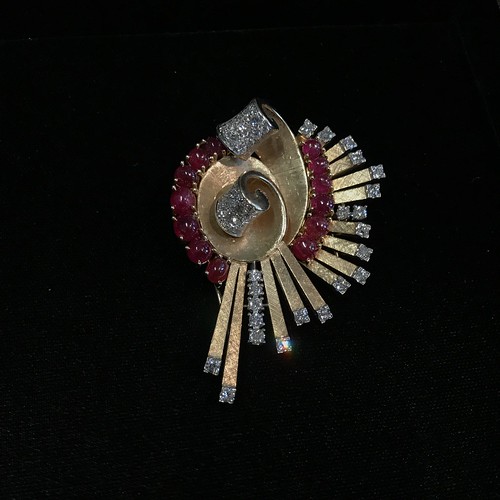
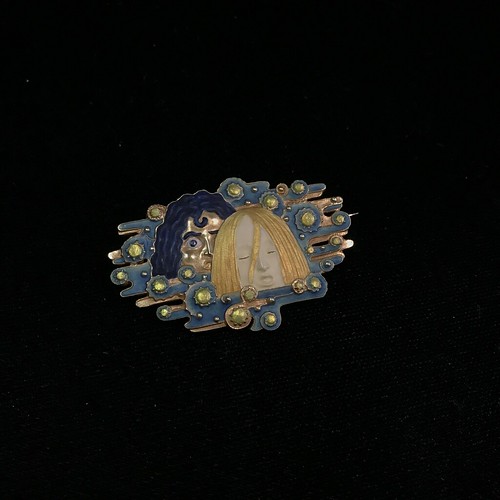

I am immersed in research for two forthcoming exhibitions, and a book related to my doctoral work.
Opening in September 2018, an exhibition of Boston arts and crafts jewelry and metalwork will replace Past is Present in the Stanley H. and Rita J. Kaplan Family Foundation Gallery. From the establishment of the Boston Society of Arts and Crafts to the disastrous 1929 stock market crash that crippled many artist craftsmen, this exhibition will be the first to focus solely on Boston jewelers, and will include design drawings, jewelry, and hollowware by artists like Frank Gardner Hale, Josephine Hartwell Shaw, Margaret Rogers, and Edward Everett Oakes.
That exhibition will be followed by one on Elsa Peretti, who will be celebrating 50 years as a designer in 2020. Beginning her design career making jewelry and accessories for Giorgio Sant’ Angelo and Halston before joining Tiffany & Co., Peretti has created timeless designs that continue to resonate with modern consumers. Her refined taste has focused, primarily, on silver but the exhibition will feature a diverse sample of her work, as well as her inspirations, and—of course—include a fashion element. An esteemed arbiter of style, fashion icon, and friend of many twentieth century notables, this exhibition will celebrate Peretti’s life and career.
My work at the MFA keeps me very busy, but I am also in the midst of writing a book titled Jewelry in Celebrity Culture: Glamour and the Hollywood Spectacle. It will be published as part of I.B. Taurus’s Dress Culture series (edited by Reina Lewis and Elizabeth Wilson). From the tour-de-force necklace that the American firm Trabert & Hoeffer loaned Colette Colbert to wear in the 1935 film The Gilded Lily to the impact of The Representation Project’s #askhermore campaign, the book will examine how jewelry aids in Hollywood’s production of glamour.

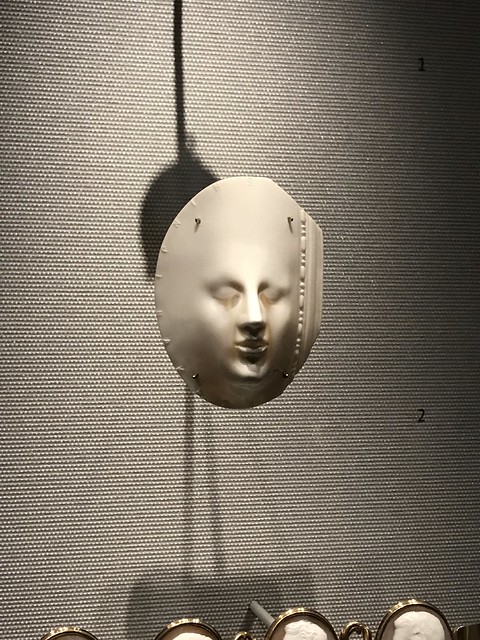

To be honest, the last three years have been a series of highlights. The people I have had the opportunity to meet have been the most memorable. The many conversations and meetings I had with Neil Lane as I conducted research on Hollywood jewelry and his private collection, having lunch with Elsa Peretti in Sant Marti Vell, Spain and discussing her incredible life and work, and spending two days in Wallace Chan’s Hong Kong atelier are at the top of the list!
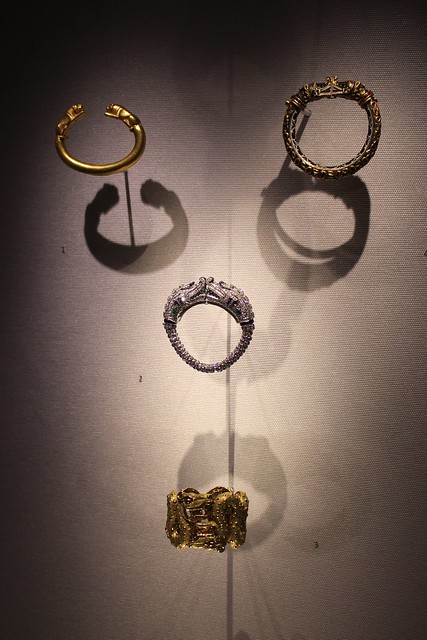
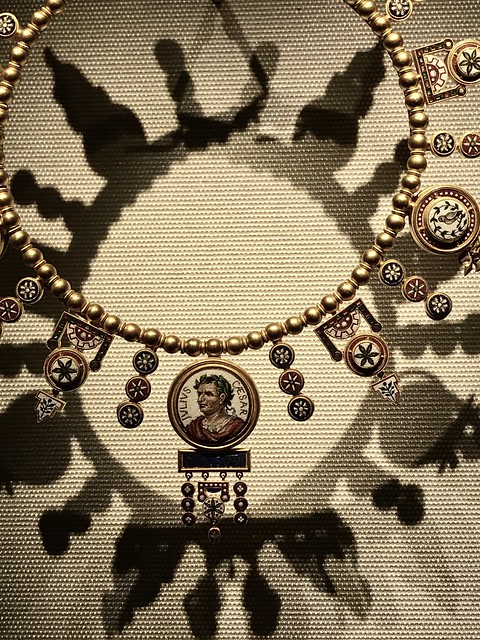

I look forward to seeing the field grow in new and exciting ways. There are so many M.A. programs that embrace the study of jewelry history, and there remain extensive subjects awaiting scholarly work. Coupled with a G.G. I think there is extraordinary potential for research and writing. I was lucky to have a great mentor, who guided my career path, and if you can find an experienced curator or historian to play that role for you, it’s priceless. This field is so welcoming. I encourage anyone interested in jewelry to find others that share their passion, social media is a great place for this.
Being a museum curator is much more multi-faceted than I realized after leaving graduate school. Even after years working at the Museum, it wasn’t until I was a curator that I realized the diverse requirements of the job—a natural curiosity, a mastery of your subject area and how it connects to other types of art, a vision and strong ideas that you can translate into exhibitions, excellence in building and maintaining relationships with artists and collectors, as well as strong research, writing, and public speaking skills.
I am very lucky that the MFA has such a vibrant jewelry program. My position, the gallery, and the prominence of jewelry at the MFA is all thanks to tremendous generosity Susan B. Kaplan. It is our hope that other American fine art museums will expand their collection, exhibition, and publication related to jewelry. And, that similar positions will emerge at other American museums.
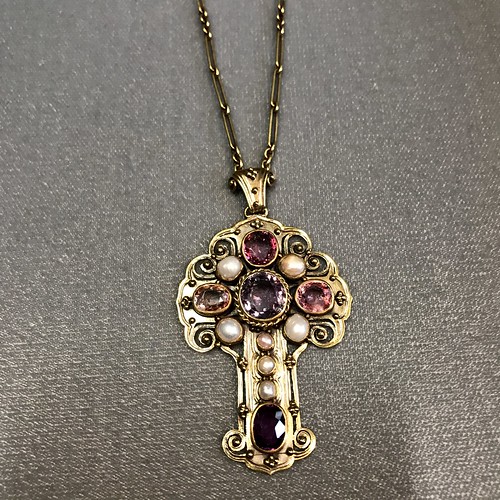
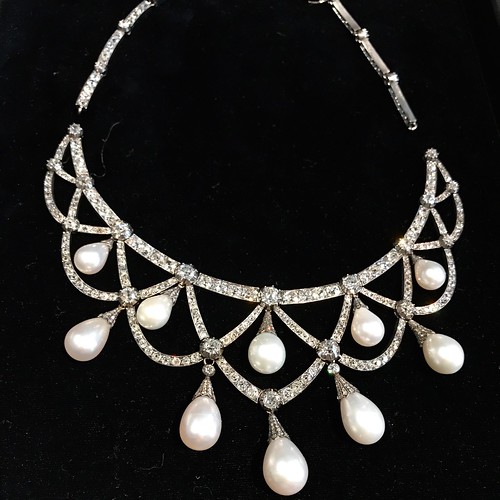

WANT MORE? You can follow Emily on Instagram —> @jewelcurator

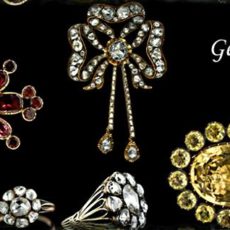
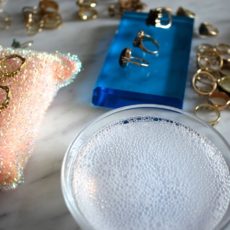
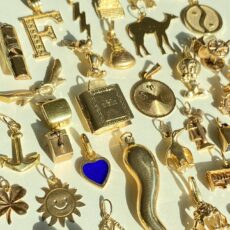
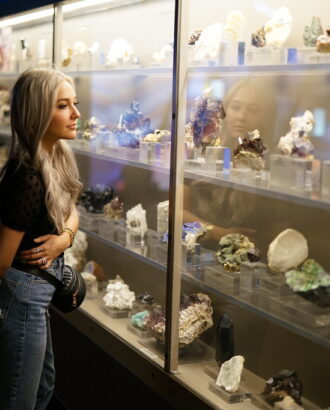
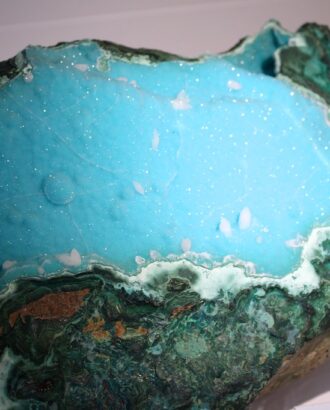
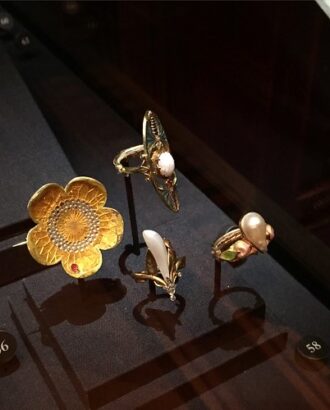
101Tricks.com August 2, 2017 at 3:05 pm:
Thanks really informative and useful piece of content and it clearly show how much efforts you have made to create this content.
Keep it up!
Whatsapp Dare Messages
Narendar August 3, 2017 at 1:08 pm:
This blog is extremely wonderful the outline of blog is exceptionally special and the topic of blog is exemplary these all gems are exceptionally excellent there is no uncertainty the plan of adornments are better than average a debt of gratitude is in order for share your data with us